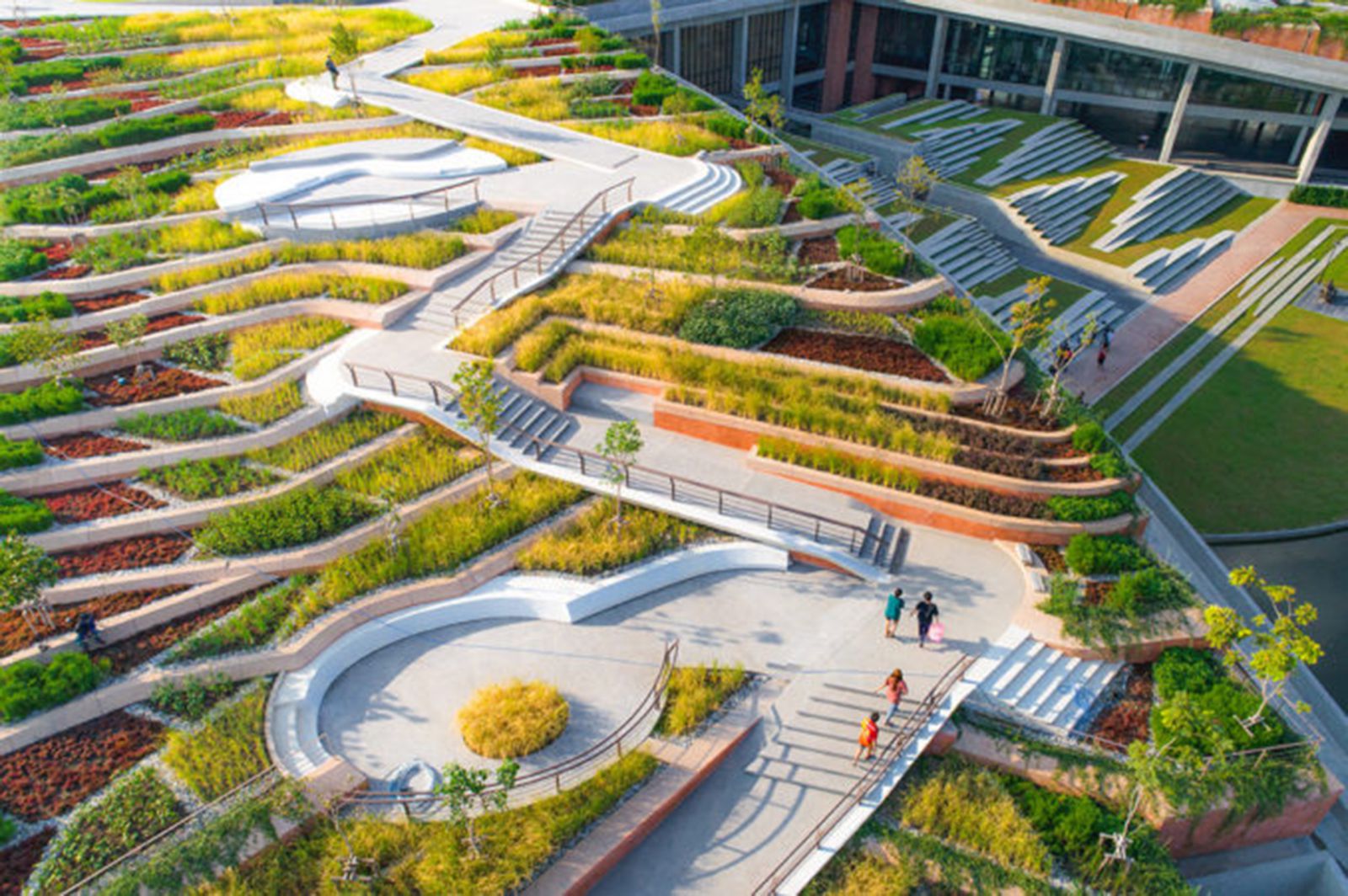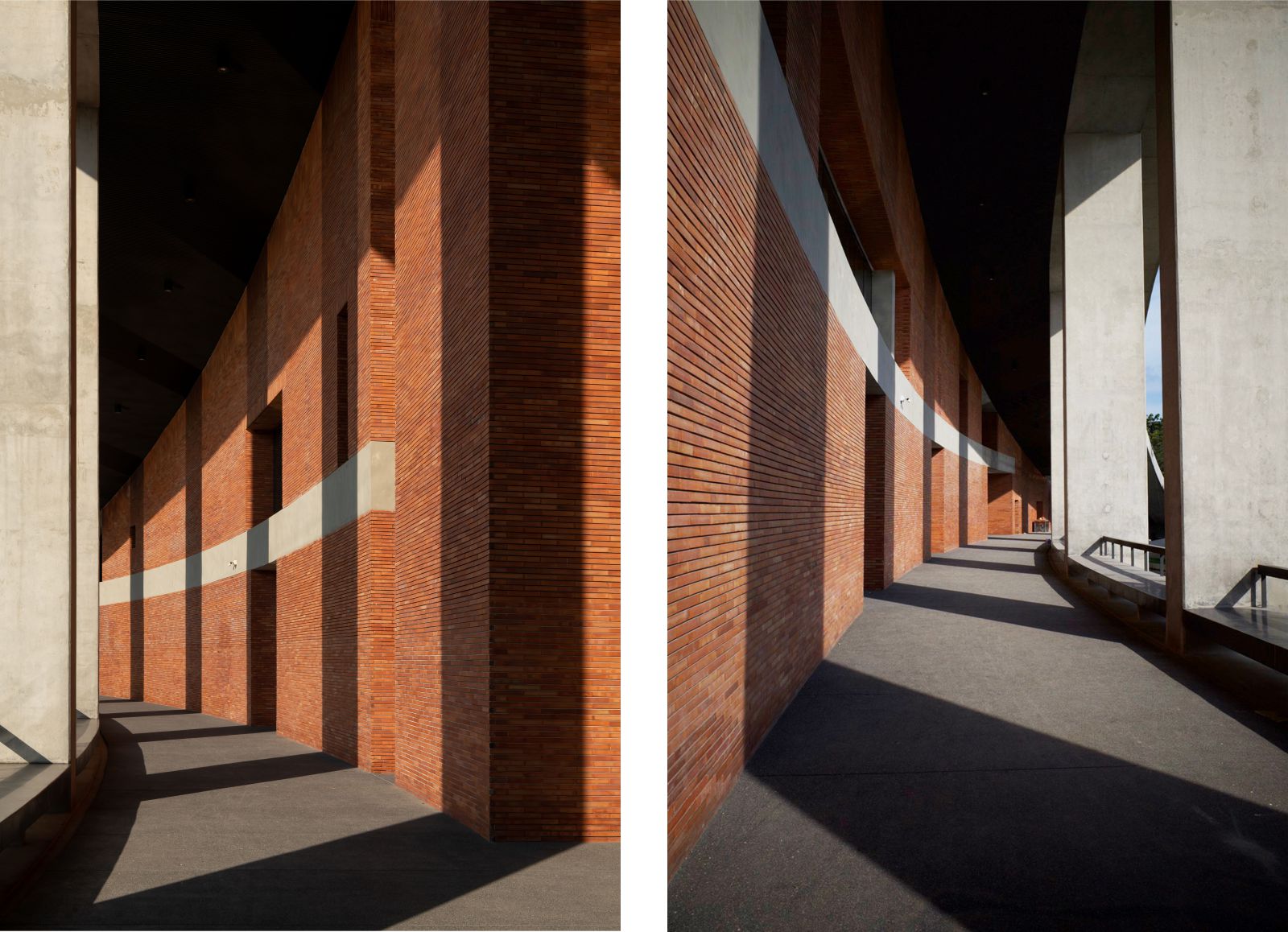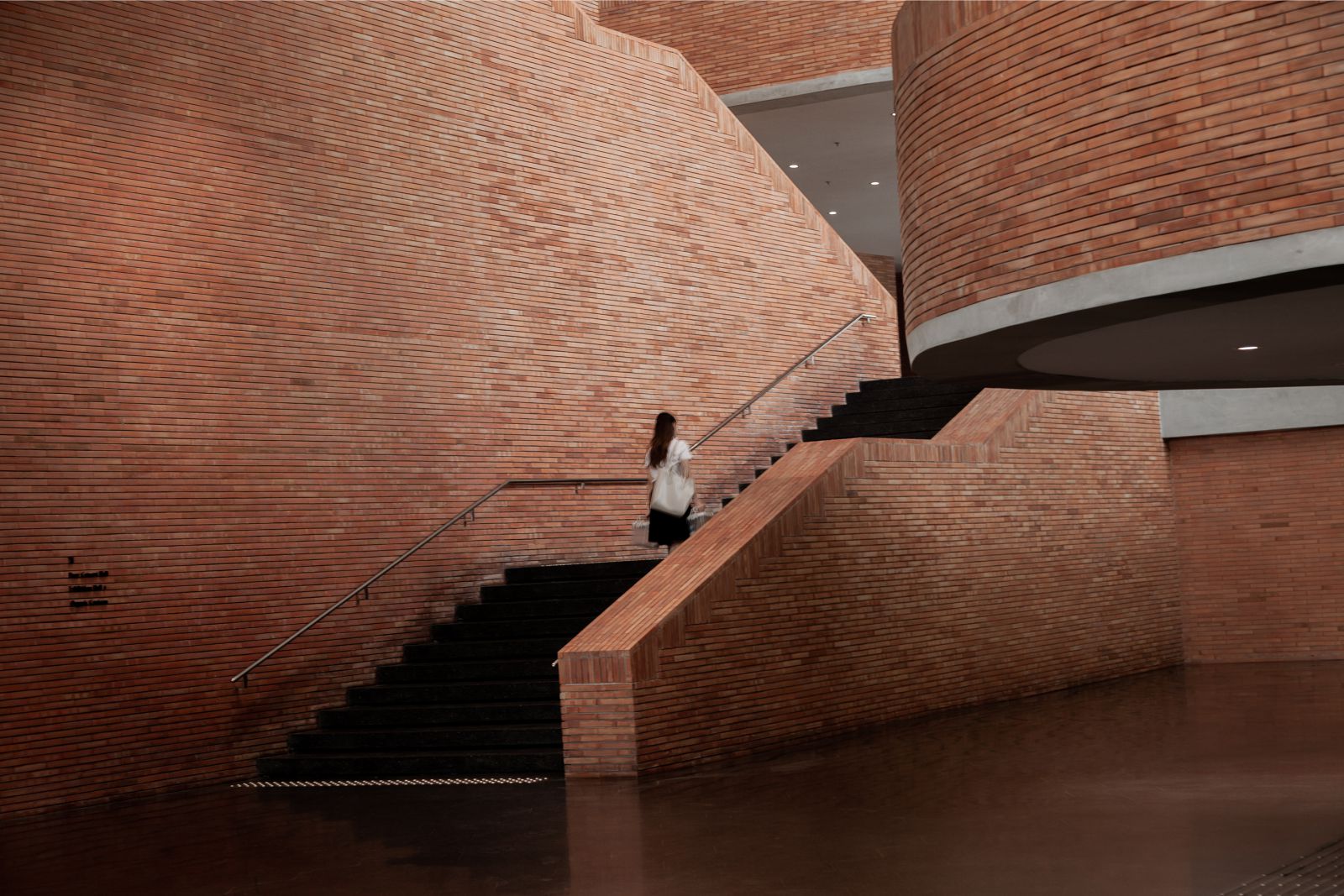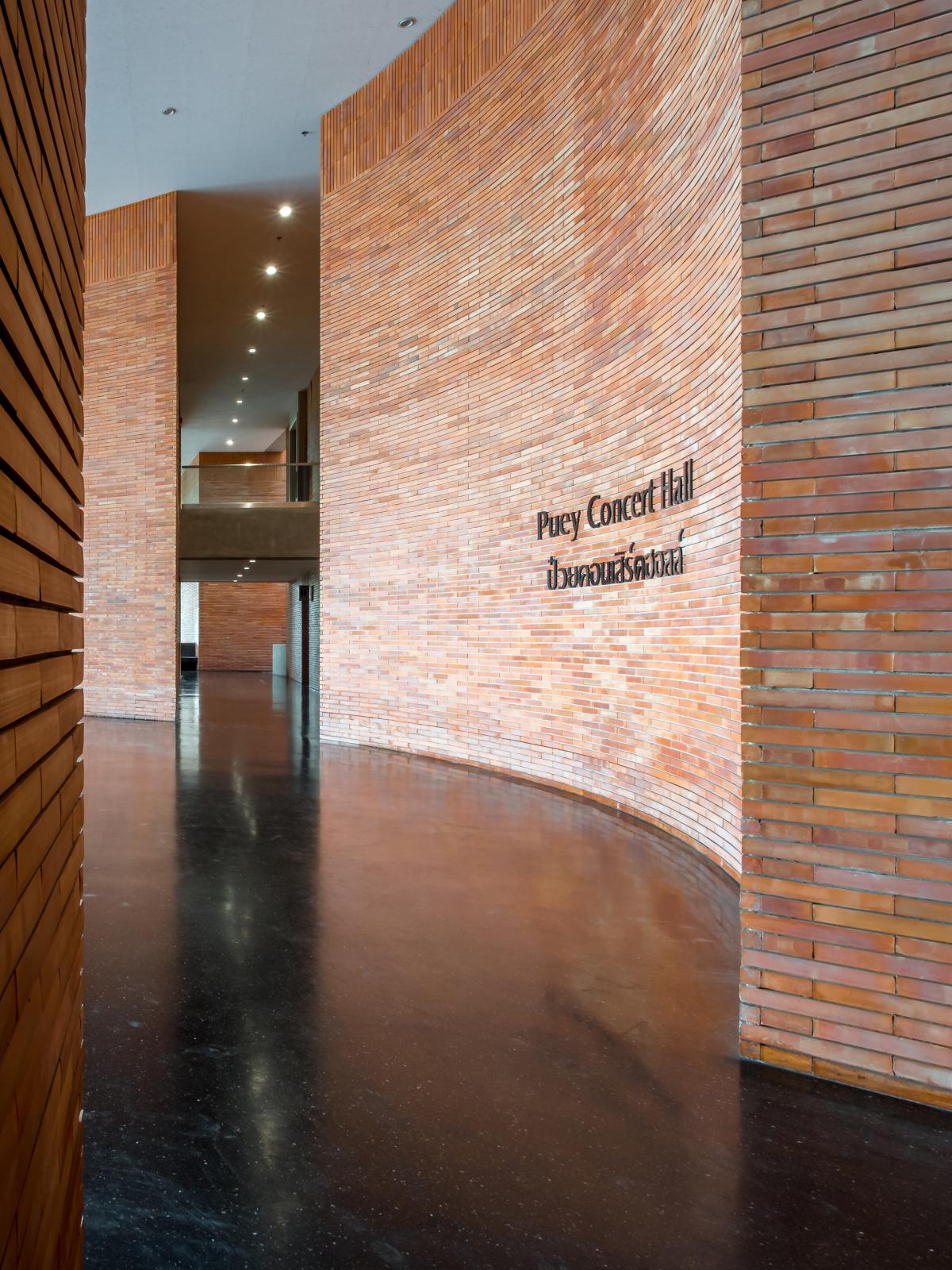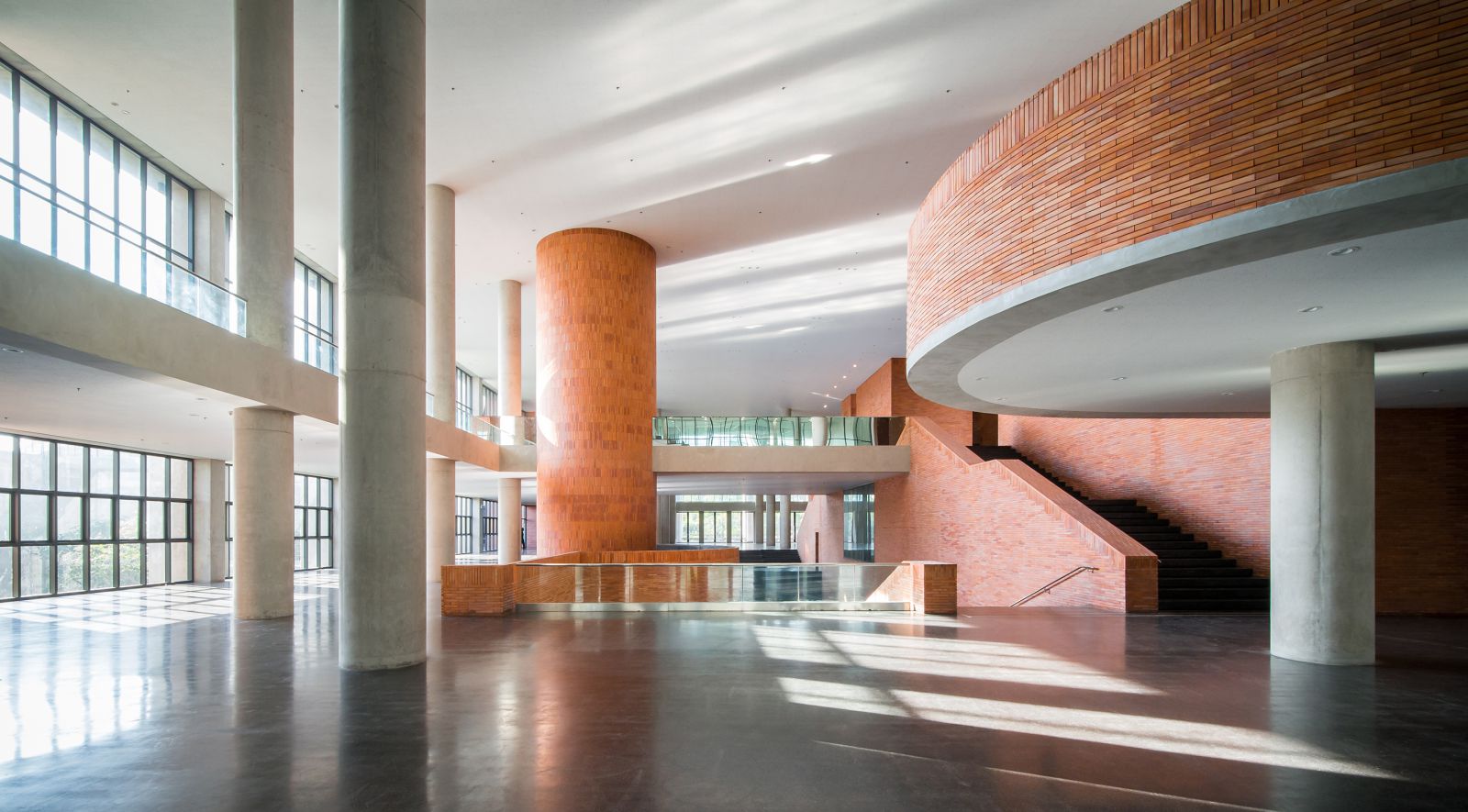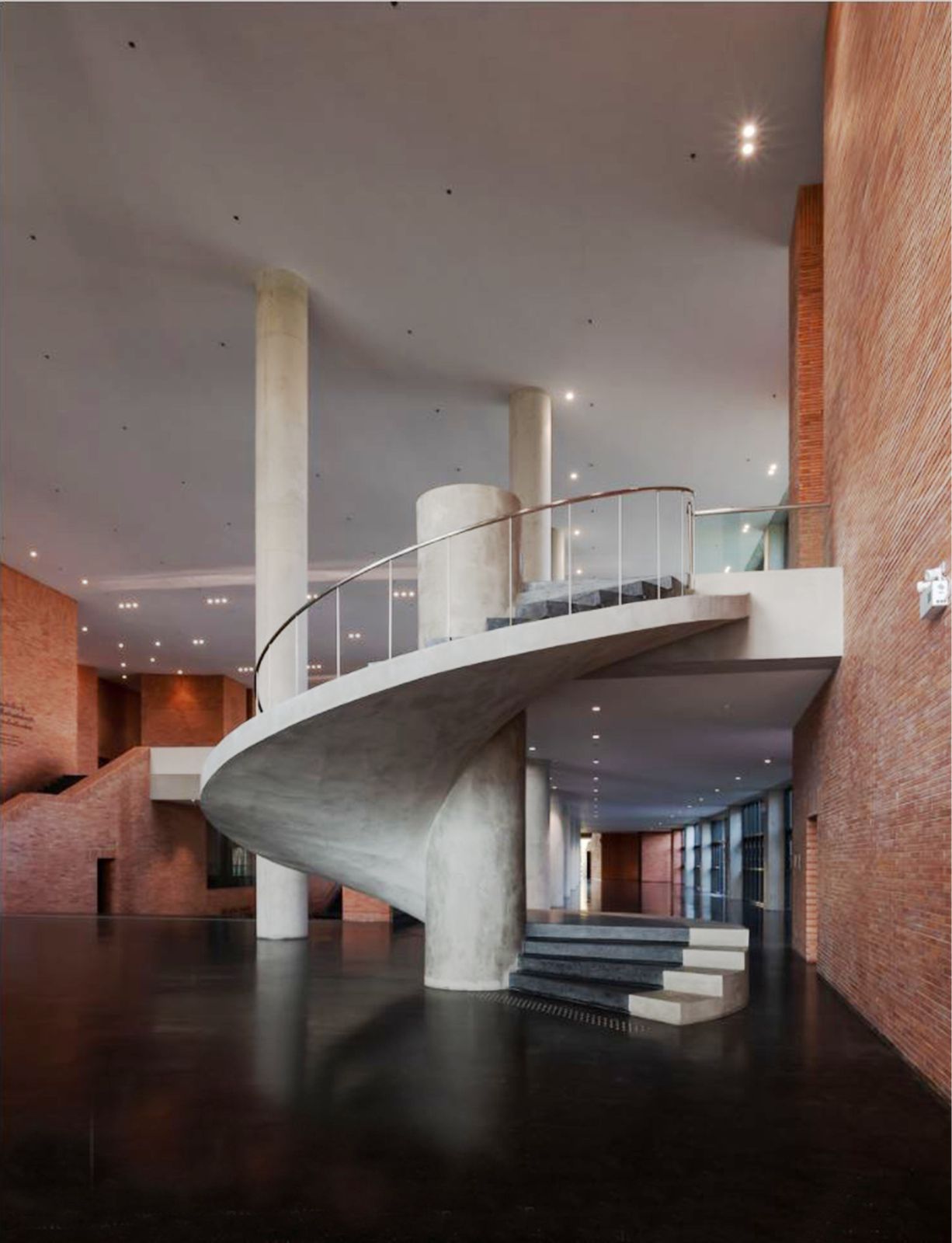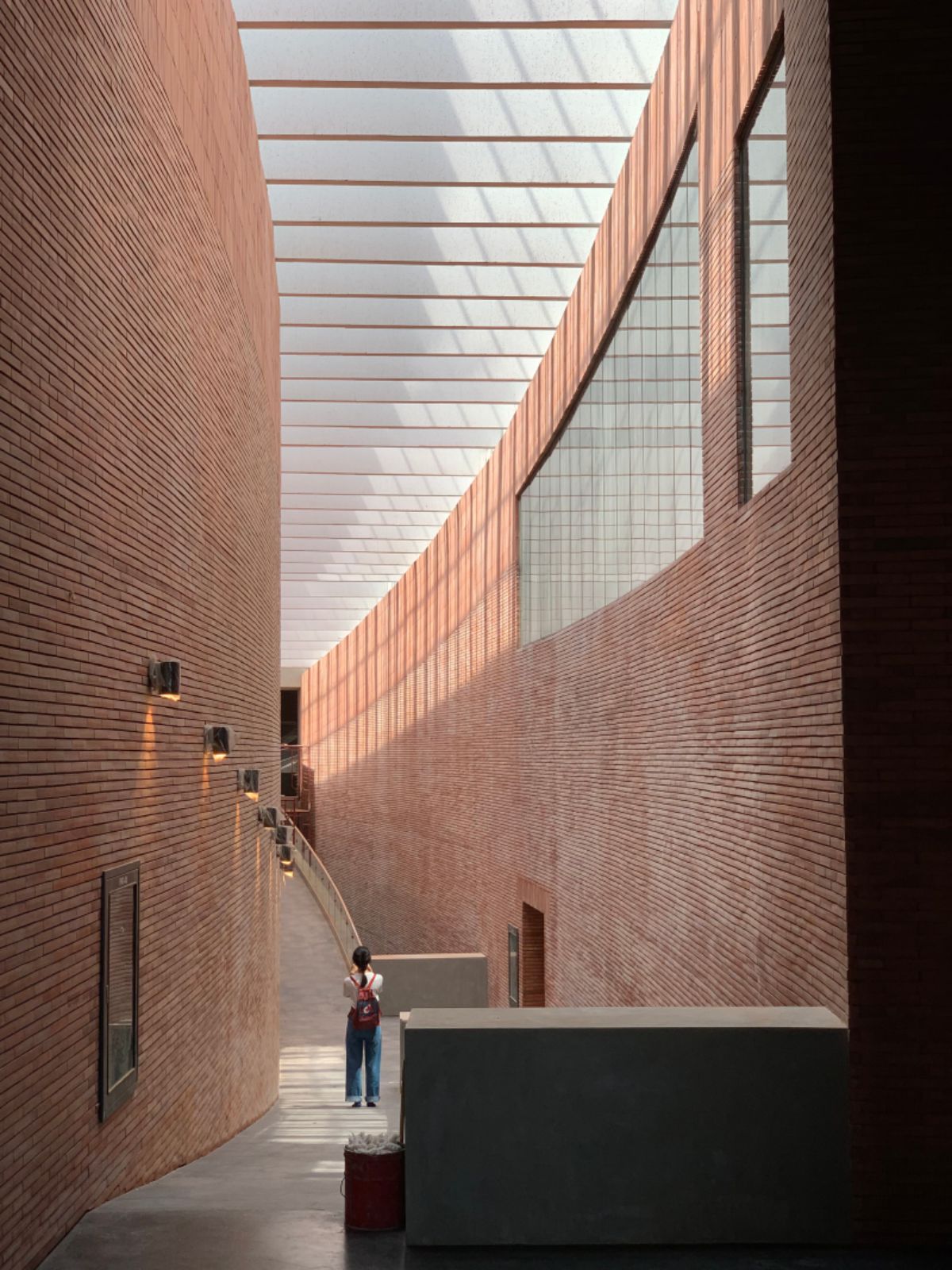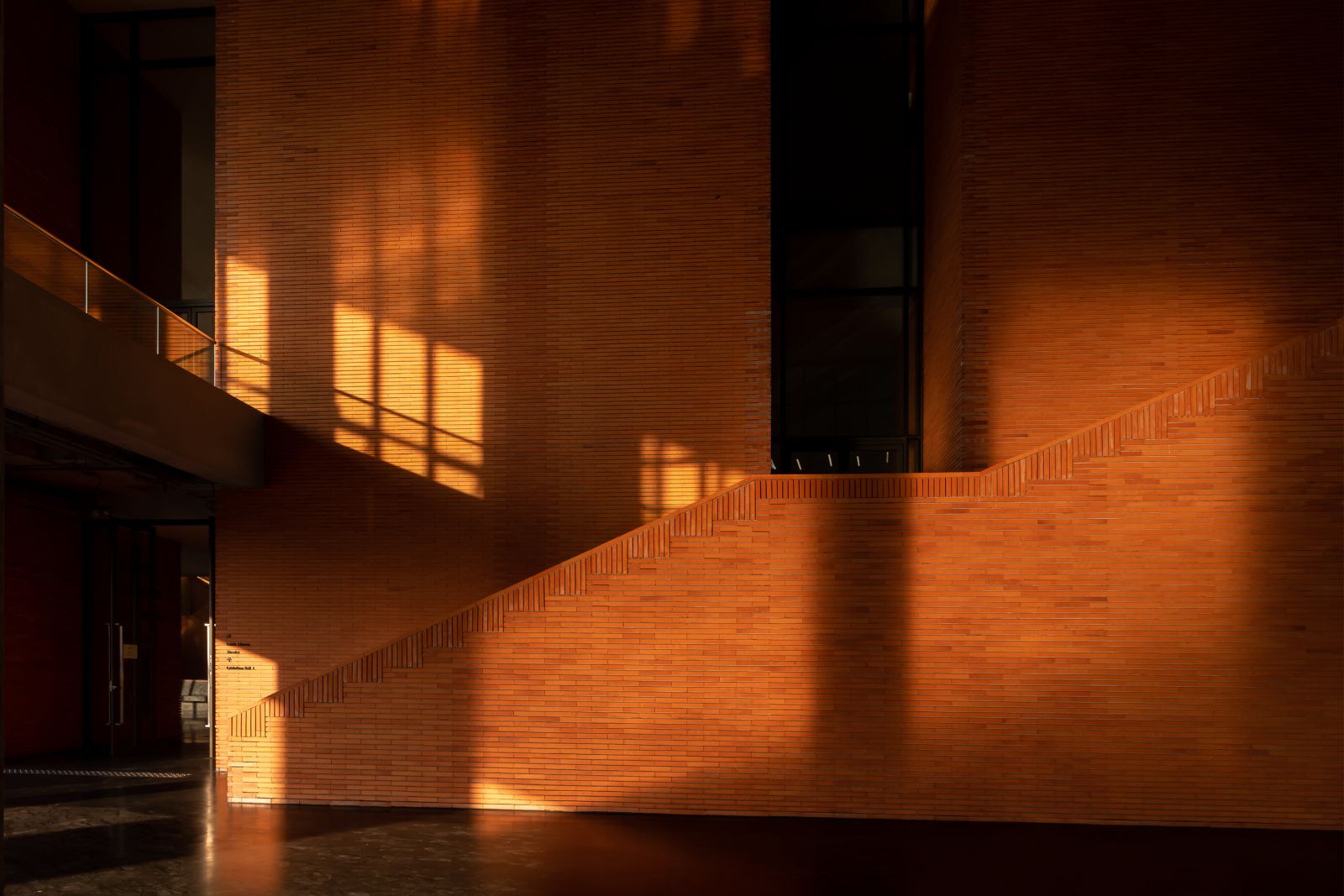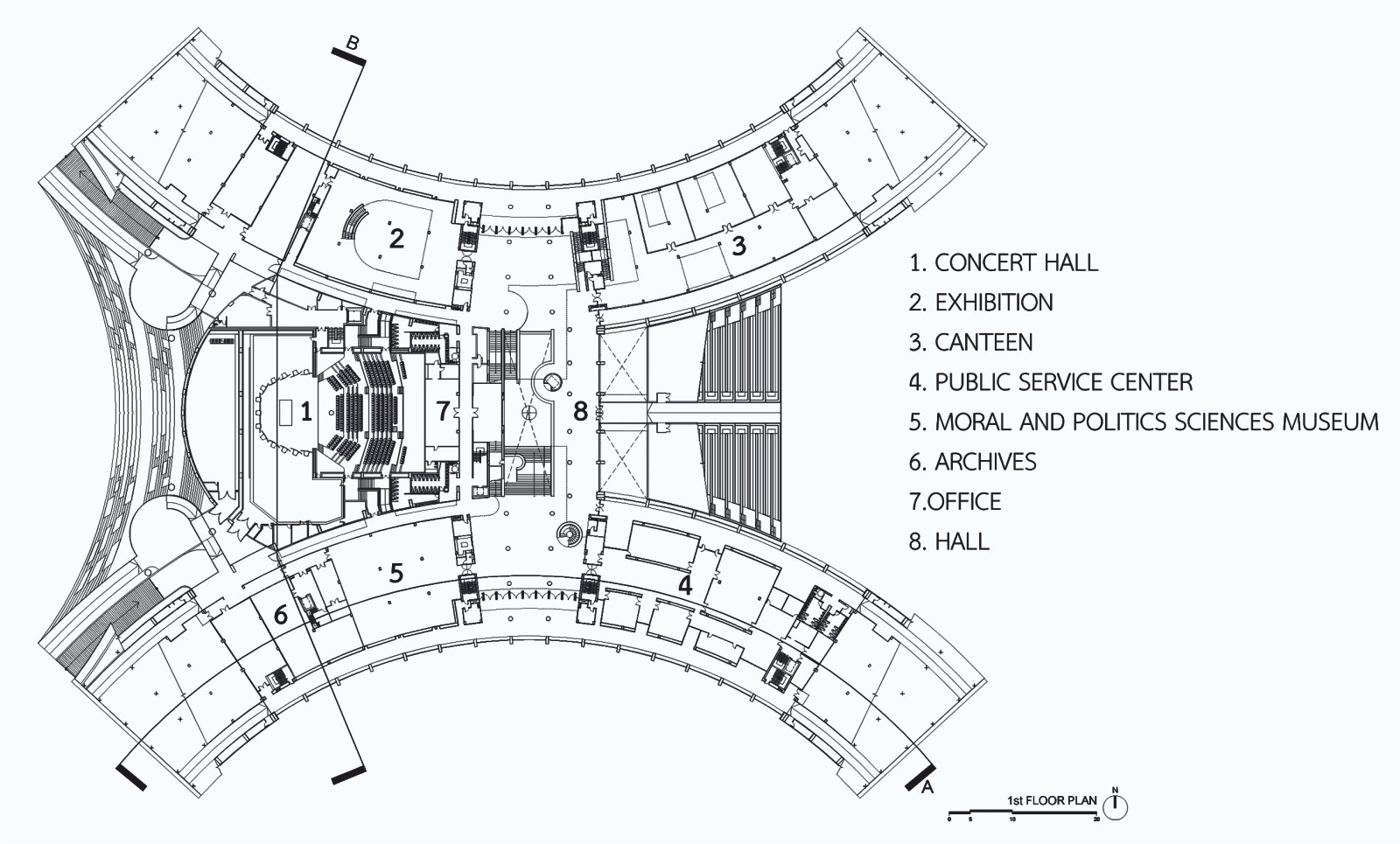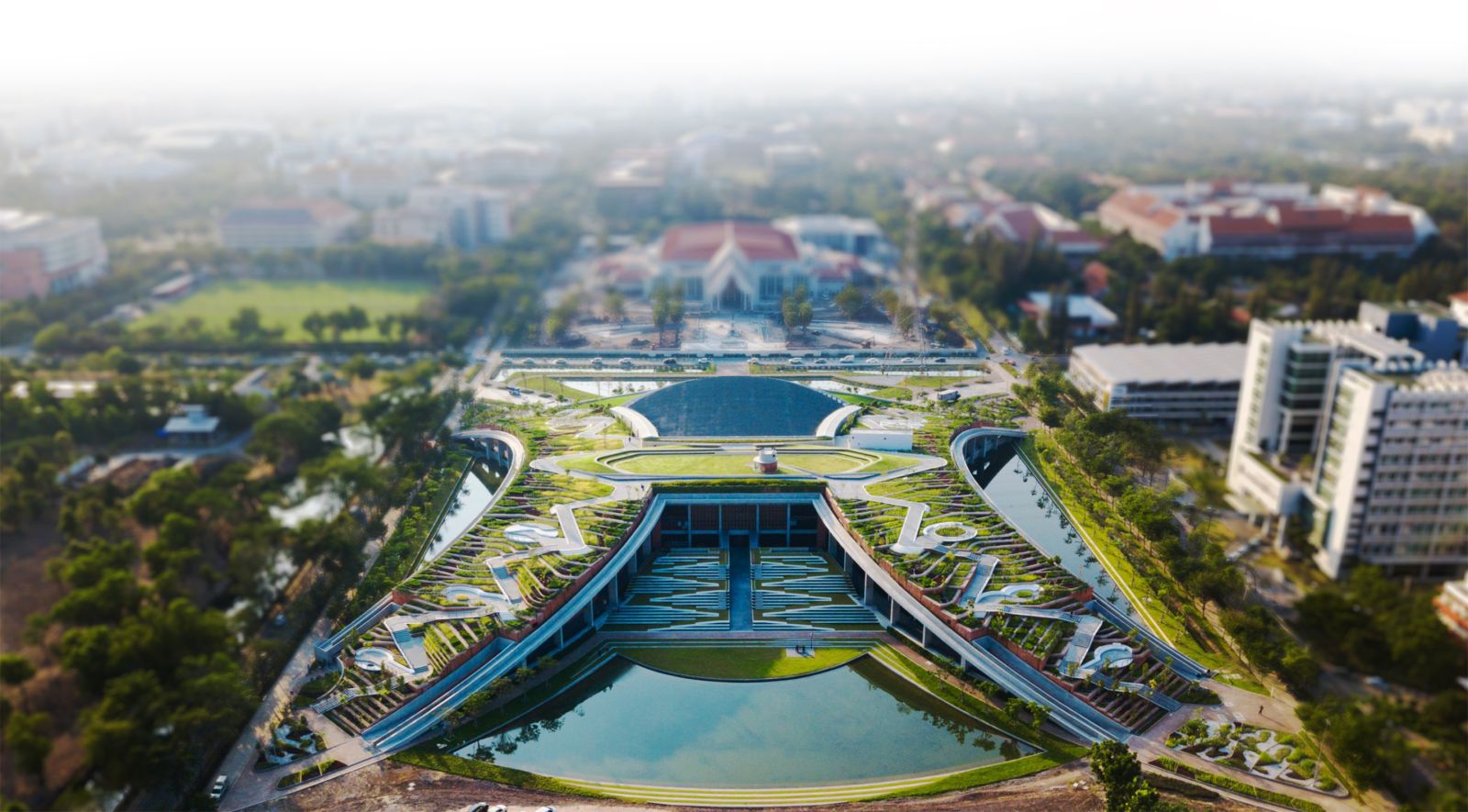Thammasat is a long-established university in Thailand, formerly named “The University of Moral and Political Sciences”. This project was initiated in 2016 in the occasion of 100thanniversary birthday of Prof. Dr. Puey Ungphakorn, the 10th chancellor of Thammasat university. He dedicated his life for the im-portance of the environment, quality of life and the health of the people in his homeland.
To truly reflect his spirit, this project is placed on the university’s main axis from Phahonyothin Road as a landmark and public park that serves as the lung of Thammasat’s community and the people of northern Bangkok.

The design is inspired from his name, “Puey” meaning earth mound that nourishes, cultures and strengthens a tree from its base, reflecting back to how he devoted his whole life for the importance of environmental ecology within his homeland.
The design combines harmoniously the relationship between architecture and landscape architecture (Land Process) to engage the community with functionality and leisure space by designing a green vegetation roof covering the whole building.

The plants growing on the green roof are all edible to educate the university students about agricultural practices, sufficient economies and to build up environmental awareness and corresponds with Thammasat University’s inten-tion to manage their own food source.
The surrounding landscape areas are used as gardens, recrea-tional areas and four large pools functioning as a drainage basin and natural water treatment reservoir. In a tropical climate, the curved structure of the building exposes the roof fully to direct sunlight and sun radiation, the green vegetation roof acts as a buffer absorbing the heat and radiation.
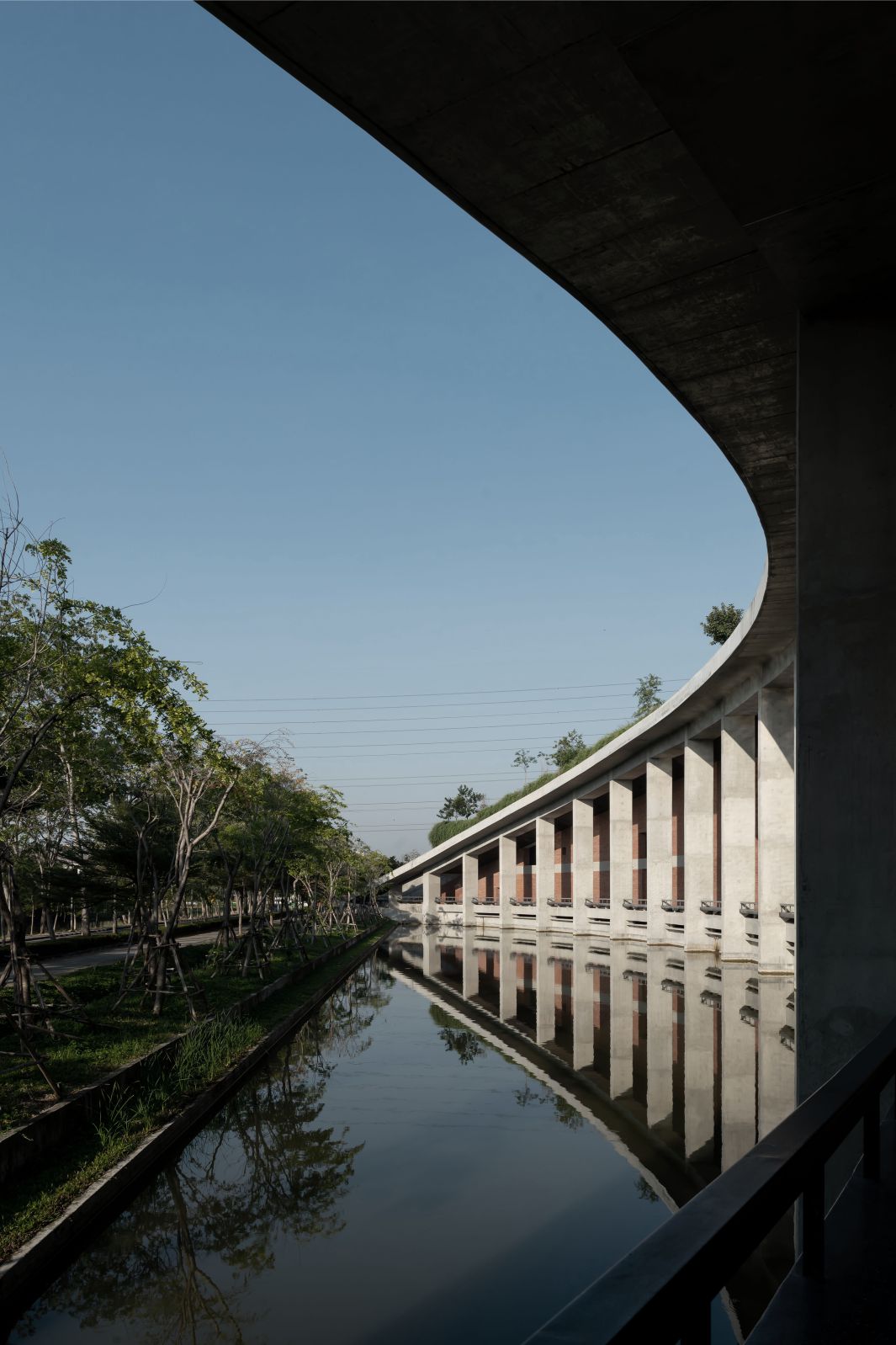
The roof structure is designed to be double slab to prevent the humidity from the plants to cause damage into the building. The 1.5m in between space allows for convenient maintenance and lessens the heat entering the building and overall decreases energy consumption from the air conditioning system and maintains a pleasant internal atmosphere.
Bricks are a sustainable material that provides strength and security whilst showing the integrity in its design and it allows the interior spaces to keep a pleasant microclimate throughout the year. The bricks interact with natural light to create the spatial experience of light and shadow along the passage ways that connect the inside space to the outside space.

The building is located at the center of the campus, being the main landmark and community learning hub there are multiple entrances opening access to the different activity spaces for students to socialize and network.
The design encourages multidisciplinary learning, to nurture a new generation for teachers and academics to believe in social development and continuous learning, the overall design of the project creates a learning community. The educational space promotes interactions and learning exchanges in a variety of styles while encouraging a sense of community.

The building also provides different learning environments, from private spaces for reflection, self-study, or small groups to social spaces for learn-ing through interaction to communal space where learning happens through discussion and conversation. The overall space is flexible enough to accommodate different types of learning activities and empha-size the prayer room as an example of critical learning within the organization.
The column-beam system is employed for the majority of the structure. The post-tension structure of the 1st to the 3rd floor of the building accommodates a variety of functional spaces, with the concert hall connecting the 3 floors. Source by Arsomsilp Community and Environmental Architect.

- Location: Thammasat University – Rangsit Campus, Pathum Thani, Thailand
- Architect: Arsomsilp Community and Environmental Architect
- Interior Designer: Dimensional Interpretation Co., Ltd. (Din Studio)
- Lighting Designer: Lighting and Equipment Public Co., Ltd.
- Signage Designer: Be Our Friend
- Consultant: CM49
- Structure Engineering: Mr. Pattarasak Nuntakit, Mr. Sanguan Ruangroattham
- M&E Engineering: TPM Consultants Co., Ltd.
- Sanitary Engineer: TPM Consultants Co., Ltd.
- Contractor: Pre-Built Public Co., Ltd.
- Sculptor: Mr. Manop Suwanpinta
- Clients: Thammasat University
- Area: 59,000 m2
- Photographs: Landprocess, Pat Phuchamni, Srirath Somsawat, Courtesy of Arsomsilp Community and Environmental Architect
